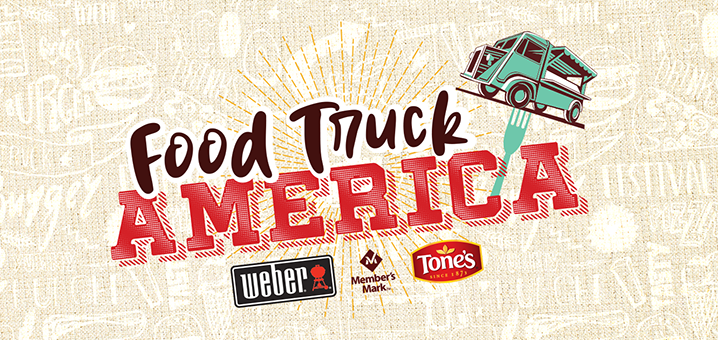SAN FRANCISCO, CA – For something that’s essentially just a takeout joint on wheels, food trucks are surprisingly contentious.
The growing industry has been attacked by both traditional restaurants worried about nimble competitors stealing their profits and educators who fear that food trucks setting up shop near schools will render moot their efforts to institute healthy school lunch programs for students.
On the other hand, boosters like House Minority Leader Nancy Pelosi (D-San Francisco) have called food trucks part of the city’s “model for small business innovation.”
Into this morass comes Supervisor Scott Wiener with a piece of proposed legislation aimed at having all the stakeholders finally play nice with each other. Wiener also hopes to streamline the procedures for enforcing citations against trucks slinging grub in areas where they aren’t supposed to.
“We’ve been experiencing some tension between brick-and-mortar restaurants and food trucks for a while now,” said Wiener to The Huffington Post. “It flared up about a year ago when restaurant owners started appealing virtually every food truck permit application that came up. I got involved to broker the peace.”
Wiener’s legislation, introduced at a meeting of the Board of Supervisors earlier this week, would create a 50-foot buffer zone around all restaurants that would prohibit food trucks from setting up shop.
Conversely, the measure also allows food trucks to operate in parts of the city where they were previously banned. Not only are the trucks presently not allowed to park within 1,500 feet (about three city blocks) of any school, but they also aren’t allow to sell their products in residential areas, which include the campuses of universities and hospitals residing inside said zones.
Wiener explained these rules have the effect of making whole swaths of the city, including a large portion of the Mission, off limits for food trucks. He hopes the legislation would encourage more trucks to congregate in areas like SoMA and the Financial District.
Wiener’s bill would also legalize food trucks on all hospital and college campuses as well as decrease the buffer down to 500 feet for middle schools and between 750 and 1000 feet for high schools.
“We’re trying to strike a balance…
Many of the areas that are off-limits to food trucks due to large school buffer zones are presently undeserved by traditional restaurants and would likely welcome an influx of food trucks with open jaws.
Much of the conflict between food trucks and traditional restaurants manifests itself in its permitting process. Trucks must apply for licenses from the Department of Public Works, creating an unclear system that Golden Gate Restaurant Association Executive Director Rob Black argues leads headaches on both sides.
“There needs to be some acknowledgement that the current law doesn’t work for anyone,” said Black. “It creates uncertainty for food trucks because when they apply for permits they don’t know if it’s going to be approved. It creates uncertainty for mom-and-pop restaurants because their businesses are going to be hurt when a food truck that doesn’t have to pay thousands of dollars in rent moves in across the street.”
Find the entire article by Aaron Sankin at the Huffington Post <here>




